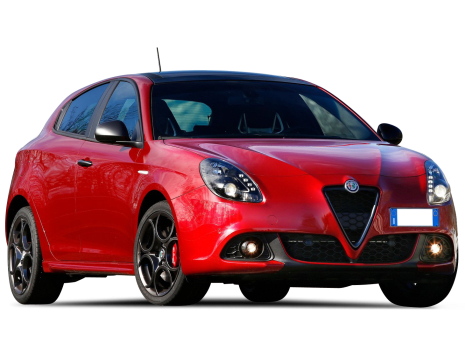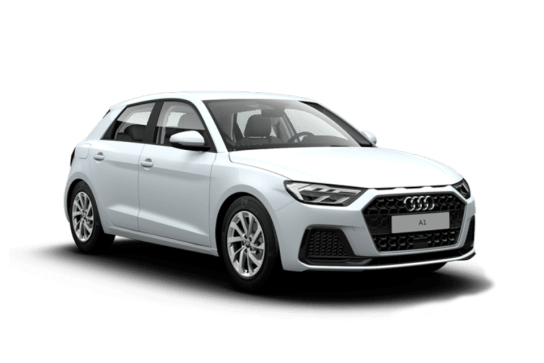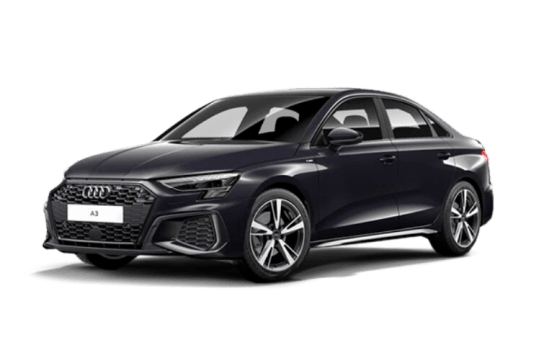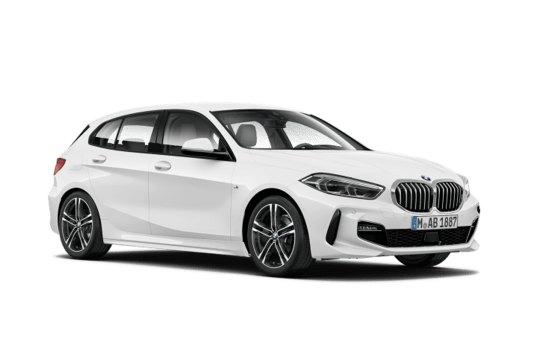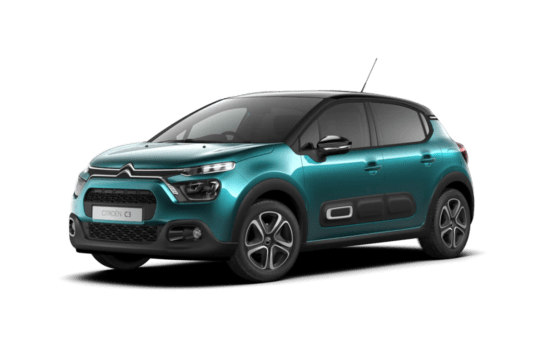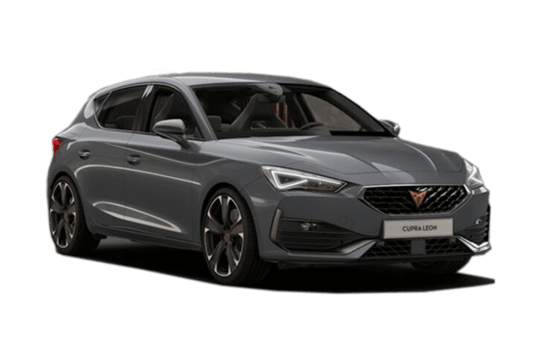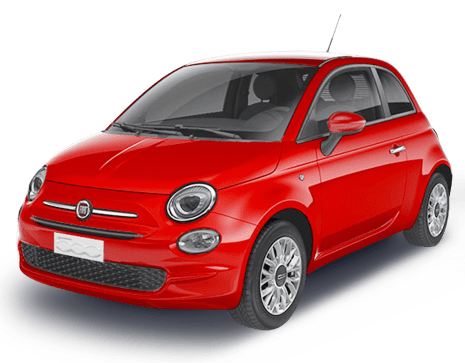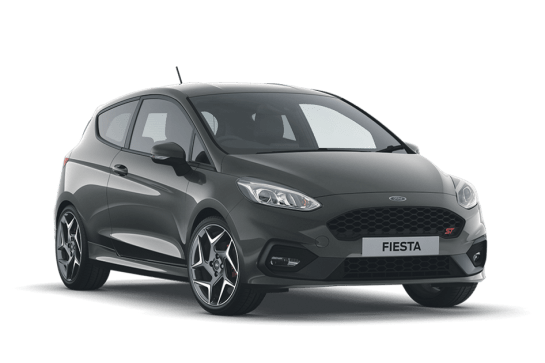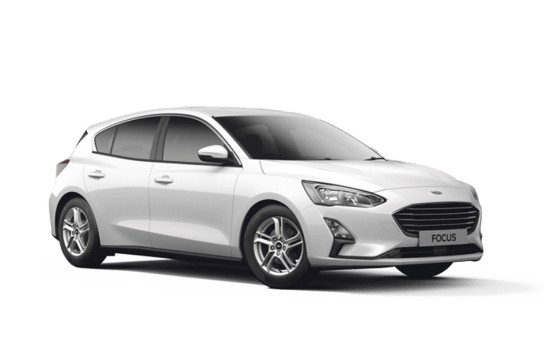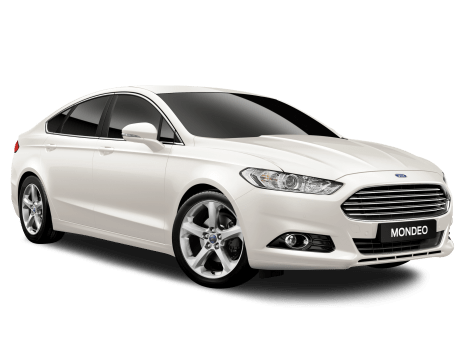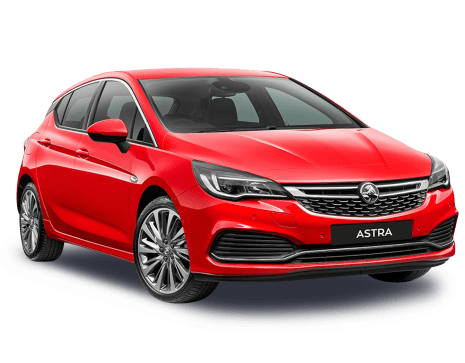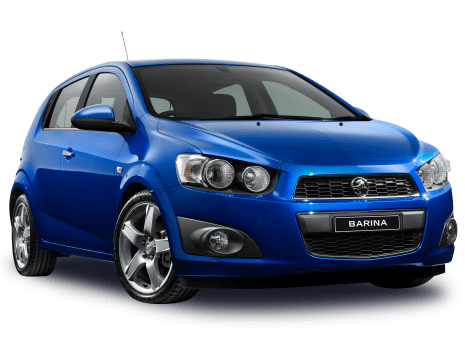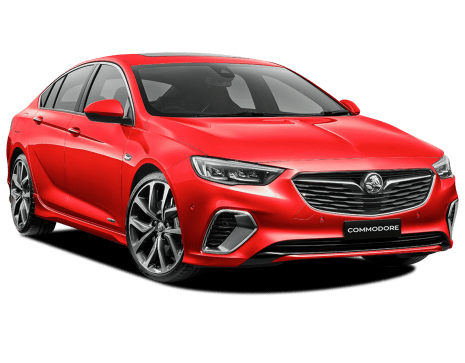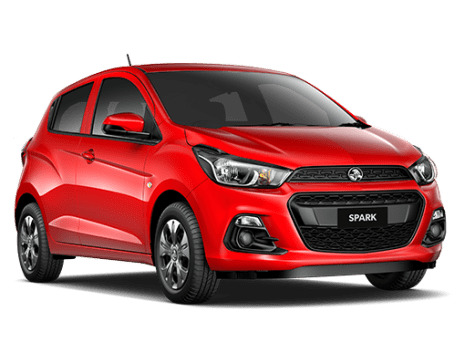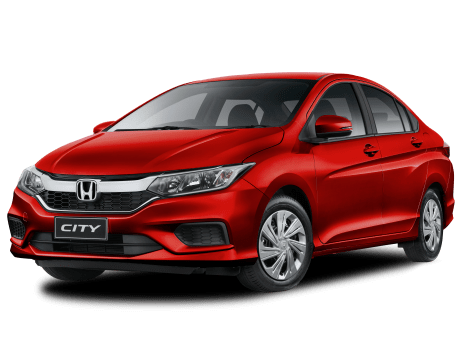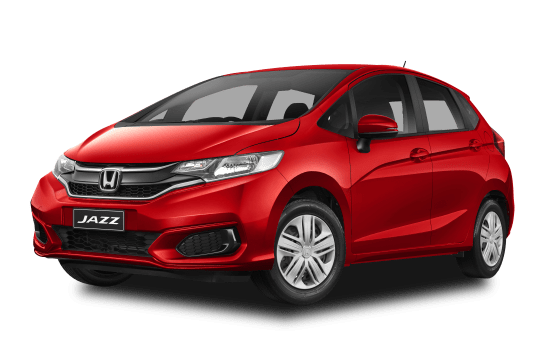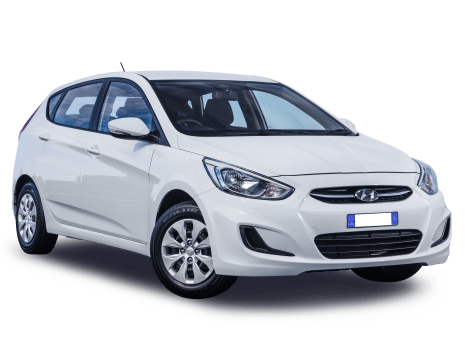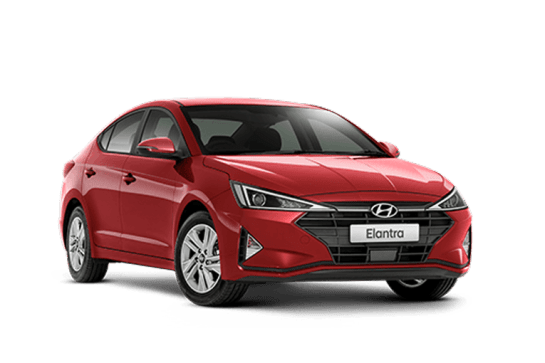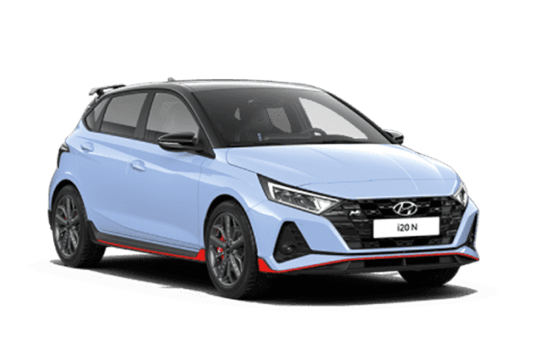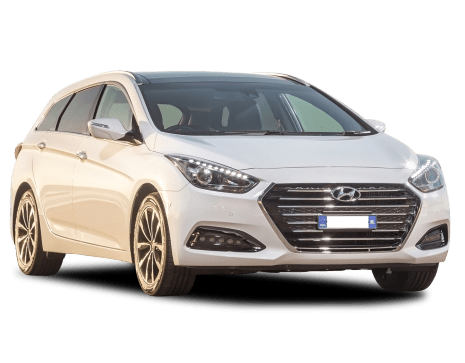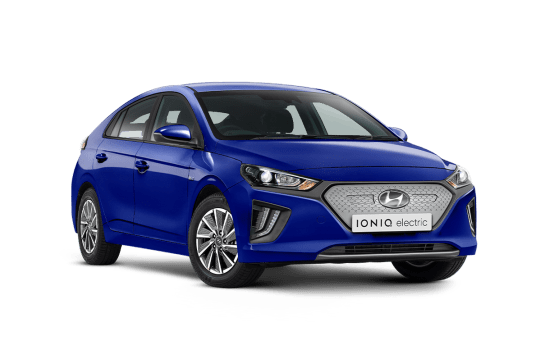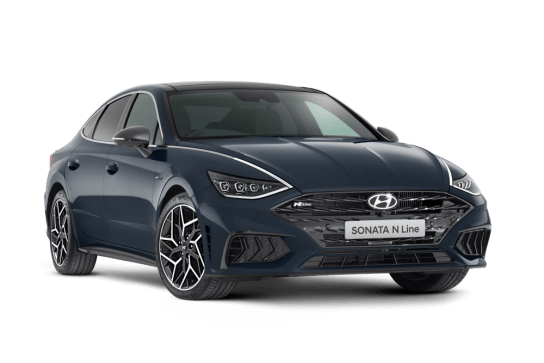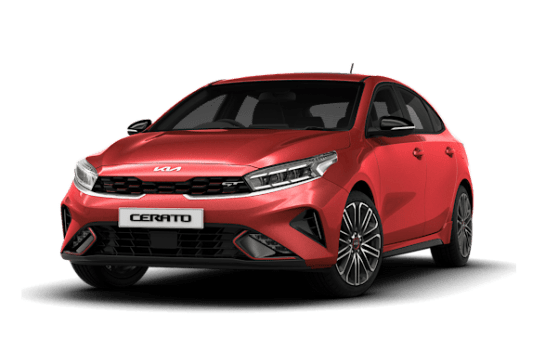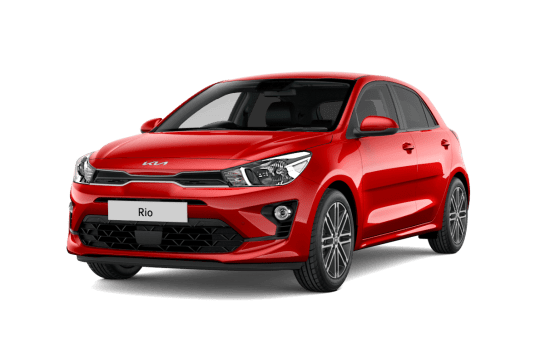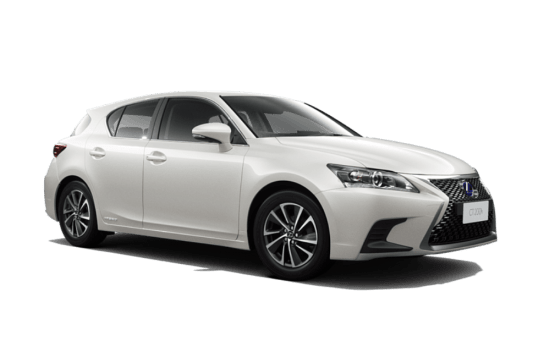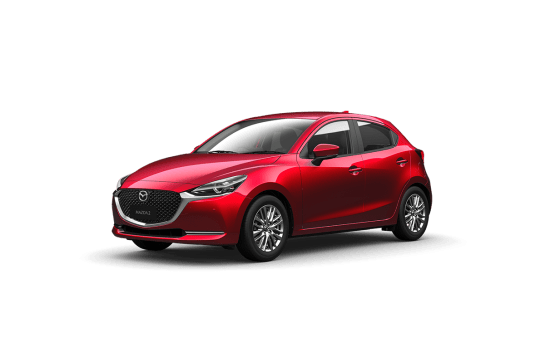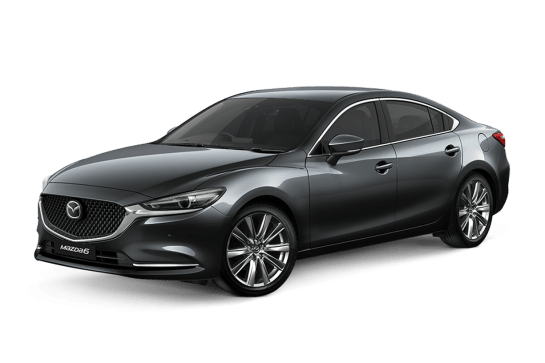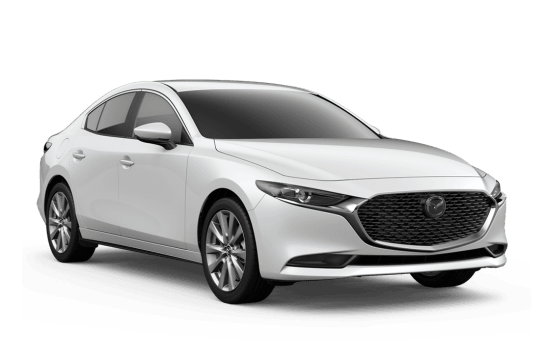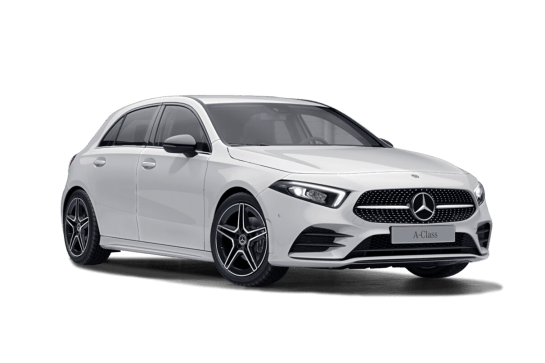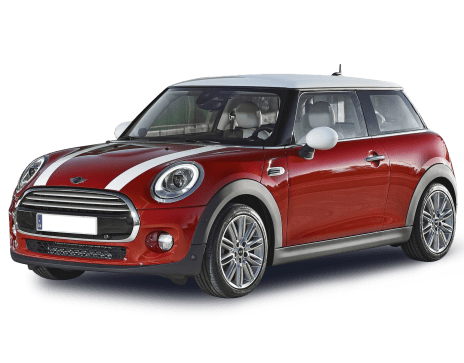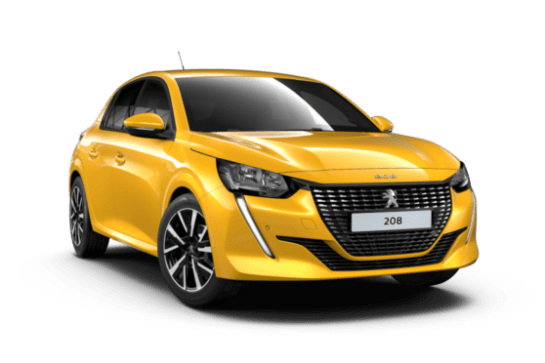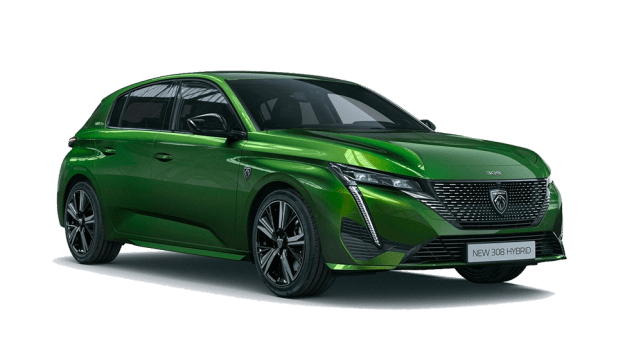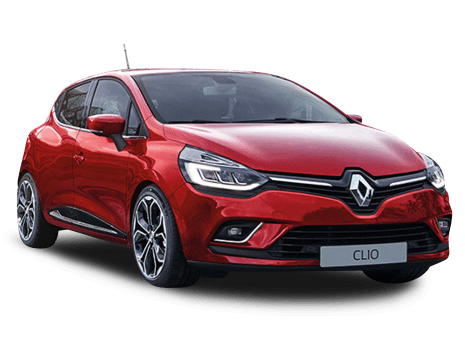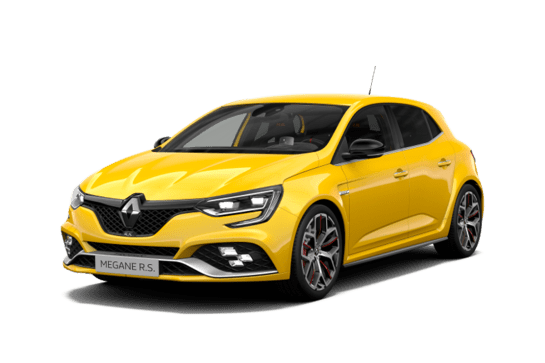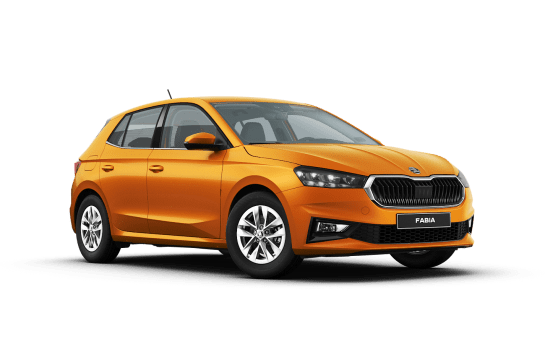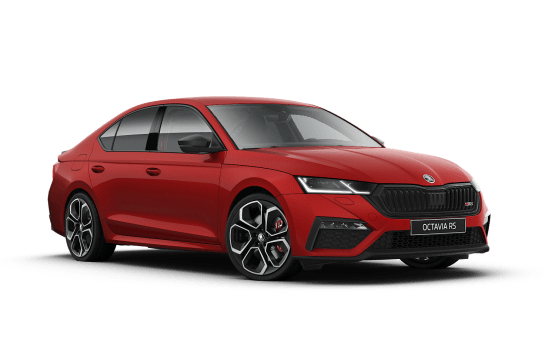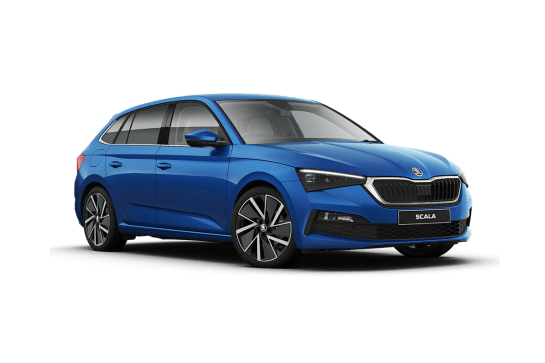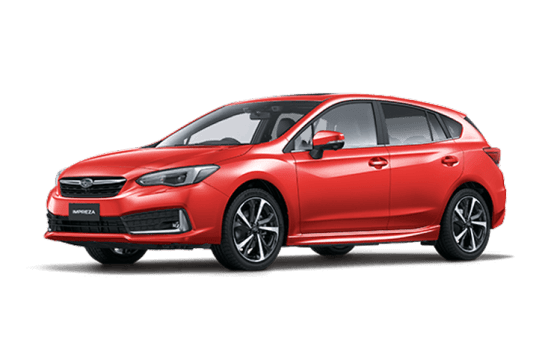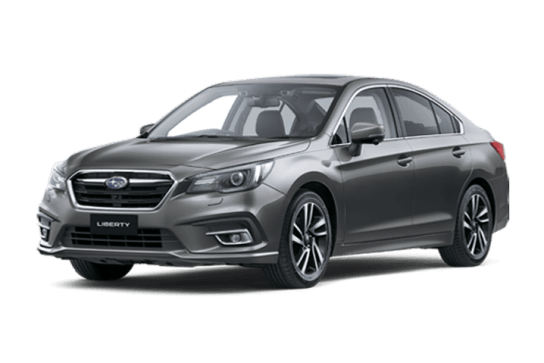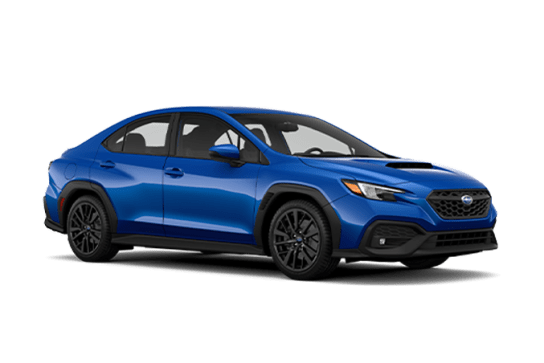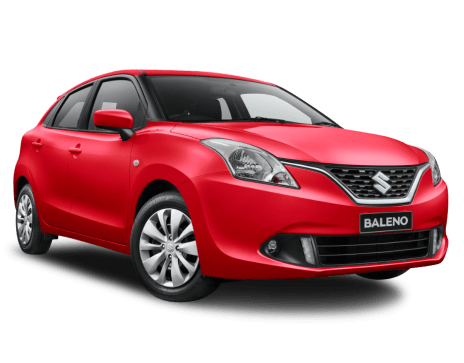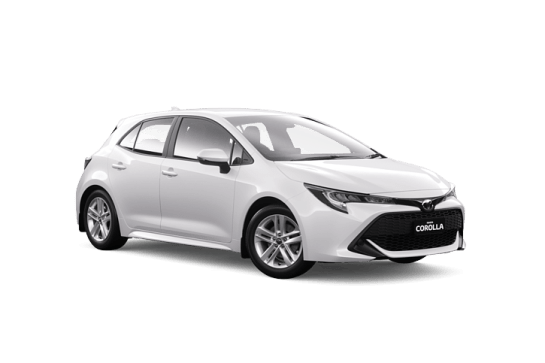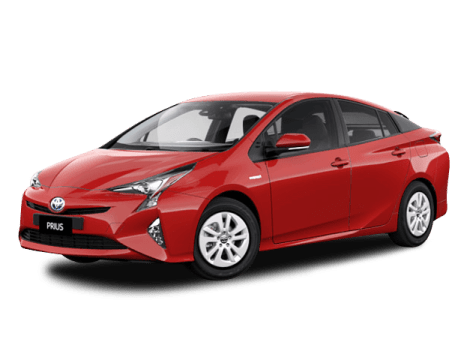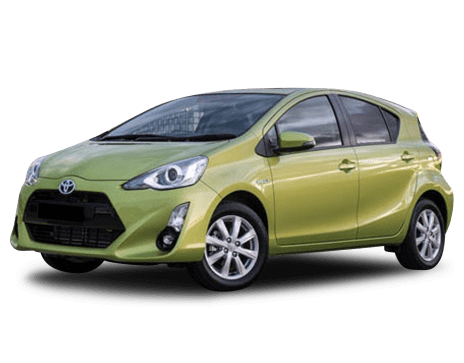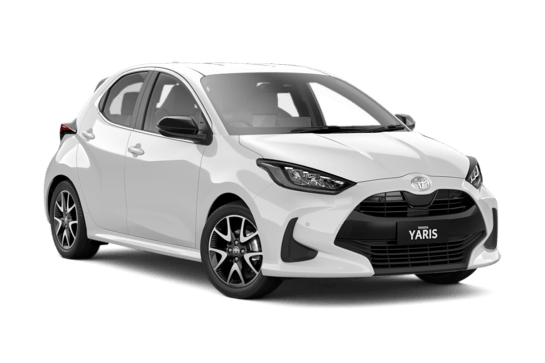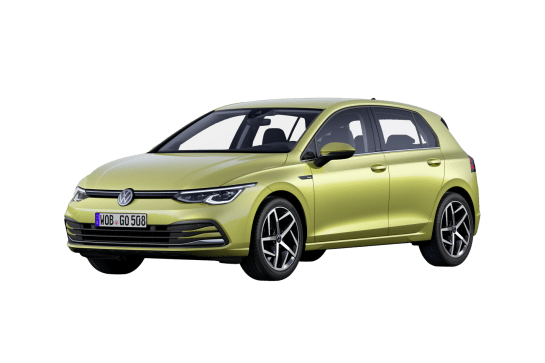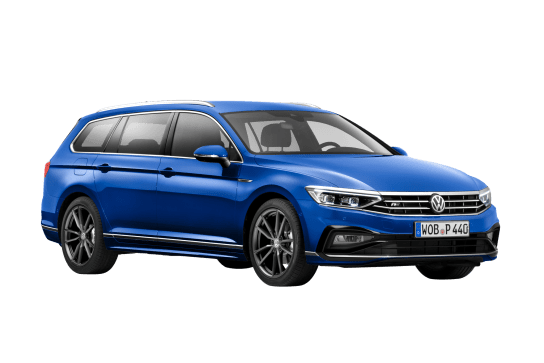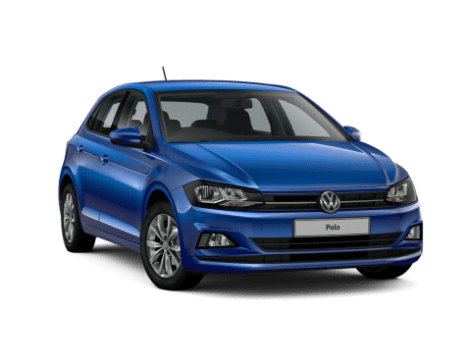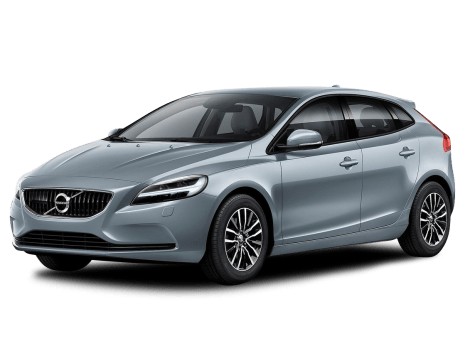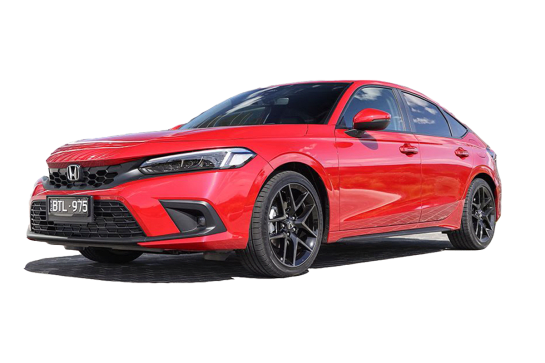
Honda Civic VS Mini Cooper
Honda Civic
Likes
- Great interior
- Lovely chassis
- Excellent engine
Dislikes
- Missing some safety gear
- Tight access to boot space
- Old media software
Mini Cooper
Likes
- Great design inside and out
- Outstanding multimedia system
- Brilliant driving experience
Dislikes
- Expensive
- No spare tyre
- Drab rear-seat packaging
Summary
Honda Civic
The Honda Civic's 10th generation is drawing to an end. Well, I say that, but there's still a pretty solid chance that the 11th generation won't quite be here this time next year.
I make the point because we've already seen a "prototype" for series 11 of the Honda Civic Story, but also because we won't actually get the car we've seen – the sedan. Just 20 per cent of Civic sales go to the booted version and then you have to merge that data with the rise of SUVs, both with Honda buyers and the market at large.
Things is, I think the sedan is the better of two for a variety of reasons which I will explain below. I also think the Civic, despite its advancing "age" (four years isn't really that long in the current climate) is still a fairly sensible choice among its peers, which include some serious competition.
| Safety rating | |
|---|---|
| Engine Type | 1.5L turbo |
| Fuel Type | Regular Unleaded Petrol |
| Fuel Efficiency | 6L/100km |
| Seating | 5 seats |
Mini Cooper
In 1959 the British Motor Corporation (BMC) unveiled the first Mini to stunned amazement.
The mastermind of Alec Issigonis in response to soaring oil prices, it revolutionised small-car engineering, packaging and design on one hand, yet was as cheap and cheerful as any previous entry-level Morris on the other, to become an era-defining cultural phenomenon.
That changed after BMW bought Mini to reinvent it as a far-pricier range of larger, brattish retro-style hatchbacks, followed by convertible, wagon, coupe and SUV variants later on.
Read more about
- Pricing locked in for new city car: 2025 Mini Cooper five-door priced to fight Mercedes-Benz A-Class, Audi A1 and Fiat 500
- Striking new electric car confirmed for Oz: 2025 Mini Aceman price and specifications locked in as it takes aim at the Cupra Born, Volvo EX30 and coming Kia EV3
- Mini's hottest model to debut at famous endurance race: 2025 Mini Cooper S John Cooper Works is coming in petrol and electric car forms with the Hyundai i20 N and VW Polo GTI in its sights
Which actually helped when an electric version of BMW’s third-generation (F56) three-door (3dr) arrived as the SE in 2020. Ironically it became one of the less-expensive electric vehicles (EVs) available, evoking some of the original’s breakthrough spirit.
Now, in 2024, things get complicated.
The F56 has evolved into the restyled and elongated F66 fourth-gen Cooper petrol range, while the old SE has given way to an also-larger but completely different pure-EV model, in Cooper 3dr and imminent Aceman 5dr crossover/hatch guises. These latest Minis aren’t as much twins as doppelgangers.
Confused? Intrigued? You should be. But despite some reservations, the electric Cooper (tested here) might be the most brilliant Mini in seven decades.
| Safety rating | — |
|---|---|
| Engine Type | — |
| Fuel Type | Electric |
| Fuel Efficiency | —L/100km |
| Seating | — |
Verdict
Honda Civic7.3/10
As a car to drive, the Honda Civic feels great. It had a good start, but the later addition of the turbo 1.5 and the continuous honing of the chassis, steering and driveline – an endearing, unheralded trait that Mazda and Honda do so well – has taken what was a solid car and turned it into one I'd genuinely consider owning, even in this wild orange colour.
What it doesn't have is a full suite of safety systems, which is a real shame, because its main rivals do. Some of us are happy to forego things such as reverse cross-traffic alert and some are not. If you can, the Civic sedan should be in the reckoning. And the clock is ticking.
Mini Cooper8.5/10
In SE guise at least, the new electric Cooper seems to have lost none of the sprightliness or dexterity of earlier iterations, yet has gained a greater bandwidth of refinement and sophistication.
Coupled with the pleasing styling and brilliant cabin, we’re very excited about BMW’s latest Mini. Even at its premium price, the Cooper is just about the most fun EV for the money.
Design
Honda Civic
Making fun of the Civic's over-supply of angles and lines is really very easy, so for once I'll refrain. Partly because the sedan is better than the hatch in this respect and also because – somehow – I have become quite fond of its wacky face. The sedan's profile is also more flowing and, with all the RS piano black and extra aggro (which ironically means yet more lines and angles), it sat much more happily in my camera lens than before. I wonder if the Civic's controversial looks have aged well in the same way Chris Bangle BMWs have? Because we're all suddenly pretty fond of those now, aren't we?
My changed opinion is bound to infuriate Honda's designers who have cleaned up the Civic for its next version. At this point I should mention that the sedan is on its last legs here in Australia – we won't be getting the next one.
The interior is as good-looking as it is practical. I still don't like the angles of the gauges in the left and right sections of the dash, but the central digital dash section is really good and easy on the eye. The RS picks up some subtle features like the strip of chequered flag fabric on the seats. It's a nice, clean look and I like the use of metallic materials on the climate controls and the stereo. It's a very calm interior, quite a contrast to the exterior.
Mini Cooper
This Mini is arguably the purest and cleanest since the BMC Morris original. That’s because, while the 2006 and 2014 models were post-modern takes on the 2001 reboot, the new design seems more faithful to Issigonis’ vision.
Sharing only the octagonal grille motif with its other Cooper, Aceman and Countryman siblings, there’s a simple elegance to the styling, with proportions that look spot on.
Now banished from the 3dr are the clamshell bonnet, plastic wheel arch shroudings, pull-up door handles and other visual clutter - though thankfully not the frameless doors. This minimisation of fuss and ornamentation compared to past and other present BMW-era Minis is a welcome development.
Fun fact. The windscreen is now more angled to significantly improve the aerodynamic flow crucial to EV efficiency. Traditionalists, please don faces of disapproval here.
This Mini seems smaller than it is, though in reality the Cooper is roughly 30mm longer (both in body length and wheelbase), wider and taller than the old 3dr, continuing BMW’s mockery of the moniker. The length, width, height and wheelbase measurements have now blown out to 3858mm, 1756mm, 1460mm and 2526mm, respectively. Which does pay some dividends inside.
Practicality
Honda Civic
The Civic's cabin is swimming in space and and filled with comfortable seats and lots of storage.
The back seat is super-spacious as it has been forever. Having driven the i30 Sedan last week, I'm having difficulty splitting the two for legroom and lounging space. Where the Civic loses out – and it's close – is in rear headroom.
There are four cupholders and bottle holders and a massive central bin between the front seats, big enough to conceal the massive new PlayStation 5 (okay, maybe not that big, but it it certainly looks big enough).
The boot holds a gigantic-for-a-small sedan 519 litres with the seats in place. Honda doesn't supply a total figure with the seats down, but it will be a lot. The opening for the bootlid is a little tight, so don't get too excited at Ikea.
Mini Cooper
This is a Mini. But it’s the roomiest one ever without back doors.
Drop yourself inside one and you’ll be struck by the sheer change going on. Retro familiarity dominated by brash innovation.
Yes, it still has comparatively upright pillars, a centrally-sited circular display and a row of toggle switches within an otherwise sparse fascia, but that’s where the similarities between classic-old and brand-new cease.
All eyes are drawn to the modest 240mm (9.4-inch) central OLED display, which seems overwhelmingly busy at first glance, but becomes clear in design, intuitive in layout and functional to use in no time. BMW’s experience here is industry-leading.
The Mini deploys bright colours and fun symbols to further help operators know what does what, where and why, making this playful and sophisticated in execution. If only all screen-based multimedia and vehicle settings were this logical. So much so, in fact, that even a limited number of toggle switches, alongside the welcome volume knob and gear selector, are enough. You won’t miss them.
Now, the driving position is first class as you might expect, with that sitting-upright-in-a-box-with-plenty-of-glass-all-round-you sensation that’s been part of the Mini experience for decades. And, in Favoured guise, the JCW buckets are superb.
The small, low-placed wheel feels right, forward vision is excellent, nothing is too much of a stretch away, storage is generous for a car this size (with a largish glove box included) and ventilation proved to be reassuringly effective in the Baltic-esque conditions we tested the car in.
Of course, being a Mini, the Cooper boasts personalisation and customisation galore, including for some compelling screen backgrounds (one reminiscent of the Morris era) and the inevitable ambient lighting, while the standard, synthetic trim and textures are amongst the most interesting in any car. And it’s all really well put together in terms of aesthetics and build quality.
What’s not to like?
Well, for starters, the glass roof lacks a cover and that’s daft in Australia. Even on a freezing Melbourne day, the sun’s glare can be too much. The side pillars are a blind spot hazard, making those standard lane-support driver-assist safety alerts essential, so don’t disable them. The between-seat cubby feels flimsy and has a lid facing the wrong way from the driver - that’s just plain lazy, BMW. And we’re glad the head-up display directly ahead of the driver is included because the digital speedo in the centre screen strays too far from some drivers’ comfortable sight lines.
Now, there’s no point complaining about the four-person Cooper 3dr’s rear seat packaging, as there’s a massive hint in this car’s name.
But while there’s sufficient room for two larger people, the two fixed positions are best for kids only. Their backrests are a tad too upright for adult comfort. There are basically no amenities present and the side windows do not crack open. Have carmakers forgotten how? Bare and basic sums it up back there. Oh, and entry/egress is impeded by painfully slow-moving electric front seats and narrow apertures to squeeze through.
Finally, there’s the cargo area, which mirrors the previous versions with a volume of just 210 litres (VDA), rising to about 800L with the 60/40 twin backrests folded. You don’t buy a Mini for practicality. And while there’s hidden storage, no spare wheel exists, remember. Just a fiddly tyre repair kit.
Still, the Cooper’s overall cabin execution is ultra-fresh yet still reassuringly on-brand, with enough interesting new details and technologies to justify updating from an older model. An inside job well done.
Price and features
Honda Civic
The Civic RS price has slowly crept north, along with the prices of its mostly Korean rivals, now at $34,090. It's a fair bit more than the Ford Focus ST-Line, but you can't get a sedan version of that and infuriatingly neither can you get the wagon.
The RS has 18-inch alloys, a 10-speaker stereo, faux leather seats (nothing wrong with that), auto LED headlights and DRLs, dual-zone climate control, reversing camera, front and rear parking sensors, keyless entry and start, electric driver's seat, auto headlights and wipers and a space-saver spare.
The 7.0-inch matte-finished touchscreen runs Honda's homage-to-the-80s software package that is bolstered by the presence of Apple CarPlay and Android Auto. It also has DAB, which is a nice touch, but it is missing built-in sat nav, which most of its rivals have.
Mini Cooper
Now, nothing is shared between the latest petrol and electric Minis, bar mostly some dash and interior items – as well as that umbrella Cooper suffix.
While the new petrol range from the UK starts with the Cooper C 1.5-litre, three-cylinder turbo from $41,990 (all prices are before on-road costs) and from $49,990 for the Cooper S 2.0-litre, four-cylinder turbo, the EV from China kicks off from $53,990 for the Cooper E and $58,990 for the more powerful SE.
That’s about $5500 more than in the old SE electric.
Now, the two petrol Coopers come in three grades apiece (C: Core, Classic, Flavour; S: Classic, Flavour, JCW Sport), but the EV Cooper is only available in E Classic and SE Flavour for now.
In the Cooper E that means LED headlights, keyless entry/start, a head-up display, wireless charging, ambient lighting, digital radio, wireless Apple CarPlay and Android Auto, ‘Hey, Mini’ voice control, augmented-reality navigation, 'Mini Connected Services' (via 5G connectivity), heated sports seats up front, a sports steering wheel, panoramic glass roof, piano-black trim highlights and 18-inch alloy wheels (but with no spare wheel).
Additionally, there’s a whole suite of driver-assist tech, including autonomous emergency braking (AEB) with lane-support systems, adaptive cruise control, exit warning and a surround-view camera.
Among other items, the SE adds 25kW and 40Nm of extra power and torque respectively, Harman Kardon 10-speaker audio, John Cooper Works (JCW) front seats with electric adjustment and memory for the driver, sun-protection glazing and ritzier trim.
How these compare to rival EVs of similar sizing is academic, because of the Mini’s unique positioning, reputation and lineage.
The smaller Fiat 500e for similar money, incoming Peugeot e-208 and upcoming Renault 5 EV come closest in theme, while larger hatchbacks like MG’s substantially cheaper 4, costlier Cupra Born and promising Peugeot e-308 lack the Cooper’s cool cache and contrived whimsical brashness (you decide).
As a symbol of England but with German and Greek parentage, the Mini is British royalty in more ways than one.
Under the bonnet
Honda Civic
The 1.5-litre four-cylinder has a light pressure turbo bolted in to produce 127kW at 5500rpm and 220Nm between 1700-5500rpm. Those numbers are 23kW and 46Nm up on the 1.8-litre, which goes without the turbo.
You can let the continuously variable transmission (CVT) look after the turning of the front wheels or if you're feeling sporty – not an unreasonable expectation if you've picked the RS – you can use the paddle shifters which tell the computer to put some fake gears into the box for you to shift up and down.
Mini Cooper
Brandishing a 400-volt platform, the Cooper Electric uses an entirely different architecture (under the Spotlight joint venture with China’s Great Wall Motors or GWM) compared to the petrol-powered (and previous SE) Minis from Europe.
Mounted up front, a synchronous permanent magnet electric motor offers varying outputs depending on grade. The E makes 135kW and 290Nm, for a 0-100km/h sprint time of 7.3 seconds on the way to a top speed of 160km/h, while the sportier SE’s corresponding figures are 160kW, 330Nm, 6.7s and 170km/h. The front wheels are driven via a single-speed reduction gear transmission.
Weighing in at 1615kg and 1680kg in Euro spec, the E and SE offer a power-to-weight ratio of 83.6kW/tonne and 95.2kW/tonne, respectively.
As per other post-modern Minis, suspension is via MacPherson-style struts up front and a multi-link independent rear end. BMW also speaks of powerful brakes, a low centre of gravity, a strut brace and “preloaded stabiliser mounts on the axles”, providing enhanced handling and ride-comfort qualities.
Efficiency
Honda Civic
Honda's official testing suggets a combined cycle figure of 6.3L/100km which is lower than the 1.8-litre, a nice bonus when you have all that extra power to play with. My week with the Civic was mostly suburb-bound and I scored a respectable (indicated) 8.2L/100km.
Mini Cooper
The Cooper E features a 41kWh lithium-ion battery pack, offering a WLTP range of up to 305km, whilst the Cooper SE ups that to a larger 54kWh battery for up to 403km of range.
The WLTP combined energy consumption figure in Europe is rated between 14.3kWh/100km (E) and 14.7kWh/100km (SE). On test, the latter’s trip computer read 17.8kWh. Sadly, BMW did not provide us with an E during the soaked-out Melbourne launch event.
Three charging methods are provided: 11kW AC charging as well as either 75kW DC charging (E) and 95kW DC charging (SE). As a result, the fastest 10-80 per cent charging timings you can expect are under 5.5 hours (AC) and 30 minutes (DC).
Driving
Honda Civic
This iteration of the Civic has been with us for a while now. I wasn't absolutely sure about it when I first drove it – that was partly down to the less-than-stellar 1.8 and an at-times doughy CVT.
Over the years I've been very lucky to drop my posterior into two, three or even four Civics per year. During that time I have noted some subtle changes, such as the CVT's more attentive nature and the progressive improvement of the ride on particularly bumpy surfaces, such as Sydney's concreted arterial roads.
The RS itself is no different mechanically to the other 1.5-litre turbo-engined cars in the range (it's an entire engine's worth of power short of the madcap Type R) but over the years, that has meant good things. I've always liked the low-set driving position, it's lower than many hot hatches. You sit in and down in the Civic and it feels quite sporty.
Turn the wheel and it's all very positive, with a very pleasant ride and handling balance. The CVT is still a CVT but, especially in the turbo, it has more grab off the line and doesn't indulge in flaring as you'd find in a Subaru, turbo or not. It's actually fun to drive, especially if you draft in the paddles to do some work.
But it's also a car you need never provoke to enjoy driving. The comfortable ride and secure handling make it the kind of car anyone can like. The steering wheel is just right, the controls all feel really nice to use and touch. There's nothing particularly flashy about the Civic apart from its looks, but it's such a comfortable car with a super-solid feel to its engineering.
The main advantage of the turbo engine is that it doesn't have to work as hard as the 1.8 to keep the Civic moving. The extra torque is always there and makes it a much more relaxed car around town than the 1.8-powered Civics, while giving you the extra grunt to push out into traffic, or pull off a tricky overtake.
Mini Cooper
After all the excitement of the all-new electrified architecture and pared-back design, would the Mini Cooper Electric also impress from behind the wheel, particularly as it now hails from China rather than the UK?
We needn’t have worried - at least, not as far as the more-expensive Copper SE is concerned, as BMW did not have a base E for us to test.
First off, remember how comfortable the JCW seats are? Combined with the intuitiveness of the ergonomics, they set the driver up for an immersive and fun experience.
With 160kW, the single-motor/front-drive electric powertrain will not keep up with Tesla Model 3s costing similar money, but the Cooper SE is still tuned to feel fast off the line, responsive to your right foot inputs on the go, and rapid when you really need to leap ahead, especially in Sport mode. The latter is part of seven settings ranging from lazy cruisy to ultra-alertness. All maintain the Mini’s can-do charm.
But, as with all great super-minis in history, it's the chassis underneath that brings the electric Cooper to life.
Yes, it is heavy at 1.6 tonnes - though not for an EV with this sized battery. And, yes, the lack of a manual, integral to hot hatches for some drivers, is a drawback.
But the Mini is a taut, reactive and agile little runabout, with sharp steering that’s totally on-brand, tenacious grip (in teeming rain, too) and a level of tautness and control that just makes you feel part of the dynamic experience. Tight, alert and athletic. It’s what we expect from a Cooper and the charming, charismatic SE delivers.
Boasting such moves whilst still capable of offering a sufficiently supple ride on the standard 18-inch alloys is just as much of a joy for folks who need to commute in a Mini. The old brittle hardness of most earlier Cooper S’ has been exorcised in this affable little beauty.
We cannot tell you how quiet or otherwise the SE is on freeways as there was just too much water on the road (tyre roar is a typical German car bugbear), but the lively chassis, strong performance and impressive overall refinement are the hallmarks of the electric Mini made in China.
And, speaking of China, the handy driver-assist tech breaks from tradition by not interfering abruptly, highlighting the nuanced level of tuning BMW has performed on its petitie English patient.
Foibles? Over our two hours, we found those thick side pillars do impede vision to an alarming degree, so be grateful for the blind-spot alert. While the brakes worked magnificently, as you’d expect, we’d like some broader adjustability for the off-pedal regen braking. As it stands, it doesn’t quite bring the car to a full stop, single-pedal style. Paddle shifters to facilitate that might be nice, too.
Note, too, that another test car with two larger occupants garnered some criticism for riding too firmly. All our driving was performed with just the driver on board.
But what a drive it turned out to be. Even in high winds and torrential rain over slippery roads, the new Cooper Electric SE proved to be an irresistibly fun drive, yet with a newfound maturity that makes us impatient to get back behind that natty little wheel.
Safety
Honda Civic
All Civics come with six airbags, ABS, stability and traction controls.
The Honda Sense package adds forward collision warning, forward AEB (high and low speed), lane departure warning and lane keep assist.
One of my favourite Honda quirks is LaneWatch. Flick the indicator for a left-hand turn and the media screen displays the output of a camera pointed down the left-hand side of the car. It's still too bright at night, but you can disable it or tap the button on the end of the indicator stalk to cancel it.
You also get two ISOFIX anchors and three top-tether points.
The Civic sedan was last assessed by ANCAP in April 2017 and scored five stars.
Mini Cooper
No crash-test ratings have yet been revealed for the new Cooper.
As mentioned earlier, there is a decent suite of driver-assist tech fitted as standard, such as AEB with lane-support systems including lane departure warning, lane keep assist and blind-spot monitoring, rear cross-traffic alert/braking, rear-collision prevention, auto high beams and an exit warning. Note no AEB operating parameter data was available at the time of publishing.
Other safety features include a driver-attention monitor, adaptive cruise control (with automatic speed-limit assistance), anti-lock brakes, stability and traction controls and nine airbags (front/side/head and front centre airbags).
The Cooper also offers automatic parking assist, front parking sensors, a surround-view camera set-up, a tyre-pressure monitor and an SOS intelligent emergency call function in the event of an incapacitated driver, as part of Mini Connected Services.
There are also two child seat tether latches and twin ISOFIX anchors fitted within the rear seat.
Ownership
Honda Civic
Hondas ship with a five-year/unlimited kilometre warranty, which is competitive as more and more manufacturers consider this a minimum.
The "Tailored Servicing" program caps nine of the first 10 services at $281, with just one service jumping to $310. That's reasonable value for a turbo engine, except servicing is every 12 months or 10,000km. That means more than one trip per year to the dealer if you drive more than 10,000km per year.
Mini Cooper
Mini offers a five-year, unlimited kilometre warranty and five years of roadside assistance. The traction battery is also covered by an eight-year/160,000km warranty.
There are no set service intervals, as the car’s onboard computer will alert the driver based on condition and wear/tear. That said, we recommend going every 12 months or 10,000km, just to be on the safe side.
Mini promotes several prepaid service plans on its Australian website, but no details on what they are for the Cooper E/SE models were available at the time of publishing.



